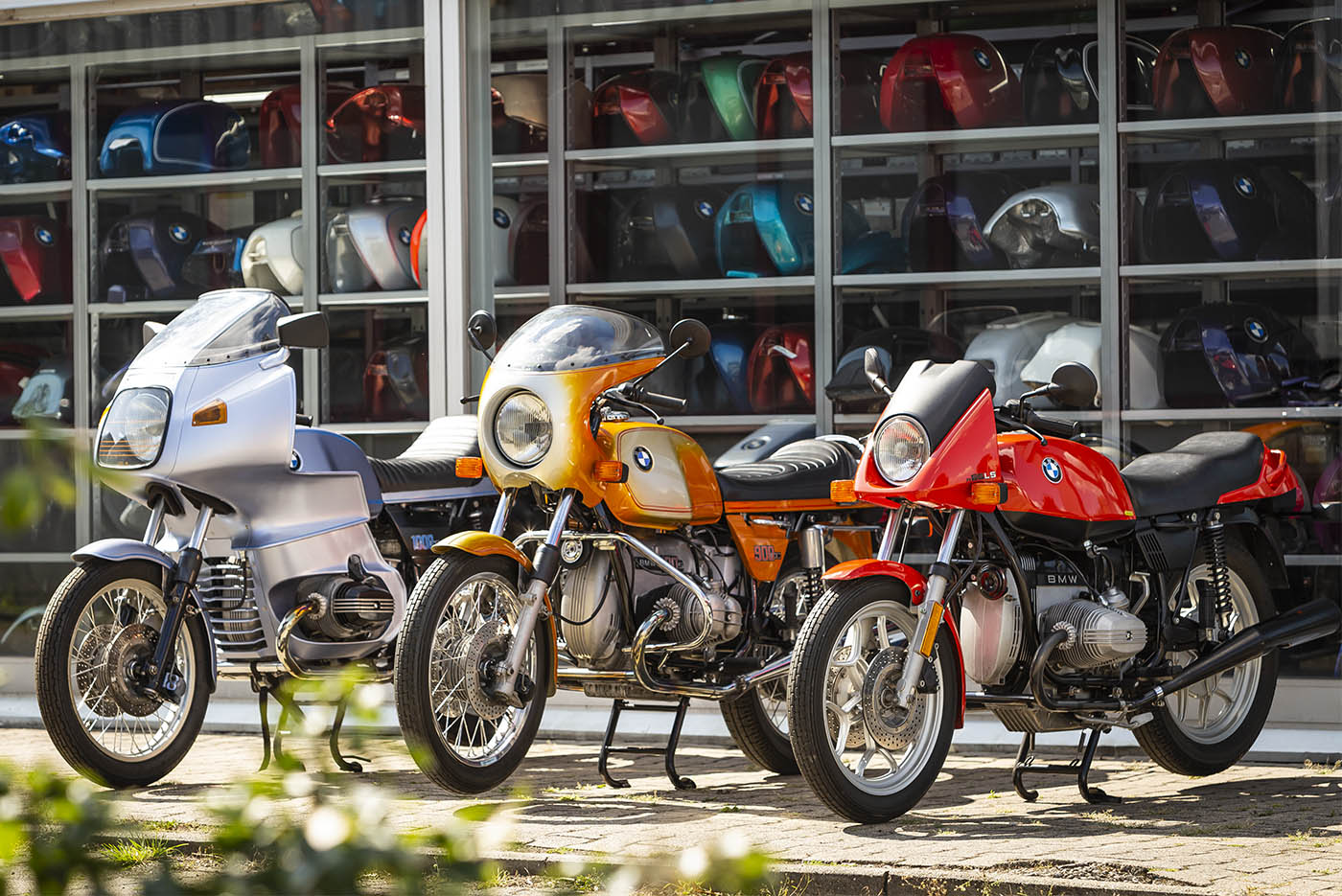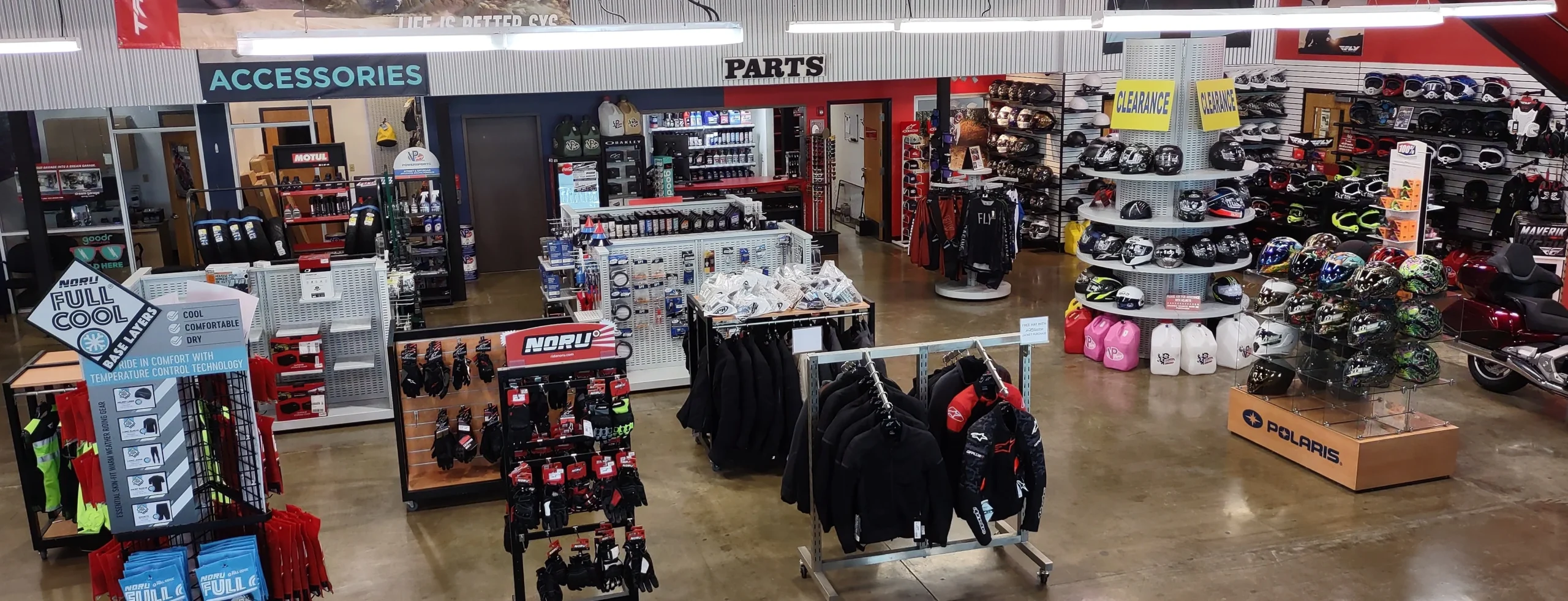Must-Have Motocross Gear: Boost Your Riding Experience Today
Must-Have Motocross Gear: Boost Your Riding Experience Today
Blog Article
Grasping Motorcycle Gears: How to Maximize Your Riding Experience
In the realm of motorcycling, understanding the art of gear adjustment is important for enhancing your riding performance. Correctly understanding and utilizing motorcycle gears can dramatically influence control, velocity, and gas efficiency, transforming a typical trip right into a seamless, electrifying journey. By incorporating exact shift timing and adapting gear option to various roadway conditions, cyclists can make sure optimal engine efficiency and safety and security. The subtleties of clutch control, throttle coordination, and equipment mechanics bid a deeper expedition, promising to open the complete capacity of your machine. Just how can these techniques be used to really maximize your riding experience?
Comprehending Equipment Mechanics
At the core of motorcycle dynamics, equipment mechanics play a crucial function in transforming engine power right into movement, eventually determining speed and control. The gear proportions, very carefully created, identify the relationship between engine revolutions and wheel turns, influencing acceleration and gas efficiency.
Understanding equipment mechanics begins with recognizing the value of the gearbox, which houses multiple gears of varying sizes. These equipments connect via a procedure called meshing, where teeth of different equipments involve to send power. The accuracy of this communication is crucial; any type of imbalance or damages can bring about ineffective power transfer, hindering efficiency. In addition, the arrangement and size of equipments affect the bike's capability to handle various loads and rates.
Additionally, the concept of equipment moving is important to optimizing performance. Smooth and prompt shifts make certain that the engine operates within its ideal power band, stopping unnecessary stress and enhancing durability (motocross gear nz). By understanding these mechanical complexities, motorcyclists can attain an unified blend of efficiency, control, and power, raising their riding experience
Timing Your Changes
Shift timing proficiency is essential for optimizing motorcycle performance and enhancing the riding experience. Correctly timed shifts make sure that the engine runs within its optimum power band, which is important for maintaining control, achieving smooth acceleration, and ensuring the longevity of the motorcycle. Bikers should establish an user-friendly feeling of when to shift equipments, which entails recognizing the partnership in between engine transformations per min (RPM) and speed.
To grasp shift timing, pay very close attention to the engine's noise and really feel, as these offer important clues regarding when to alter gears. The suitable change point generally occurs when the engine approaches the top range of its power band without getting to the redline. Shifting as well early can lead to a lack of power, while shifting also late may cause unnecessary engine pressure
In addition, roadway problems and riding style impact change timing. In comparison, throughout freeway riding, less shifts at higher rates can be more suitable.
Enhancing Fuel Effectiveness
While understanding motorbike equipments is vital for performance, enhancing gas efficiency is just as vital for both financial and ecological reasons. Optimal gas consumption not just decreases functional expenses but also reduces the ecological footprint of riding. To achieve this, one have to understand the detailed partnership in between equipment option and engine efficiency.
Riding in a higher equipment at lower rates can lead to engine carrying, which is damaging to both fuel economic situation and engine health. On the other hand, riding in reduced gears at high rates results in unnecessary gas intake.
Additionally, routine maintenance plays an essential duty in fuel effectiveness. Ensuring that the motorcycle is well-tuned, with clean air filters and properly pumped up tires, can minimize and improve aerodynamics fuel wastefulness. Taking on a riding style that embraces progressive velocity and smooth deceleration can contribute to much better fuel economic situation.

Methods for Smooth Transitions
Attaining smooth equipment changes is basic to improving the riding experience and making certain the longevity of a motorcycle's transmission system. Appropriate equipment shifting not only adds to a seamless adventure but also minimizes wear and tear on the mechanical elements. To master the art of smooth changes, motorcyclists need to concentrate on a couple of crucial strategies.

Secondly, clutch control plays a critical function. Engaging and disengaging the clutch smoothly needs method. The clutch bar ought to be launched progressively, allowing for a smooth transfer of power from the engine to the wheels without causing a shock or sudden motion.

Adapting to Roadway Problems
Browsing diverse road conditions is an important skill for any kind of motorcyclist aiming to maintain control and security. Whether you're riding on damp surface areas, gravel roadways, or browsing sharp turns, your capacity to adjust your equipment usage and riding strategy is critical. Recognizing just how to change your equipments properly can considerably affect grip and security, making sure a much safer trip.
On wet roads, it is suggested to keep higher gears to lower torque and decrease wheel spin. This method assists preserve grasp on slippery surface areas, enabling smoother velocity and deceleration. On the other hand, when riding on gravel or unequal terrain, lower gears are more suitable. Lower equipments offer better control and allow great post to read you to react even more swiftly to unforeseen adjustments in the road surface.
Sharp curves demand precise equipment administration to stabilize rate and control. Downshifting before entering a curve can aid preserve momentum while guaranteeing the motorbike stays secure throughout the turn. Consistent practice in different problems enhances your capability to respond and forecast to adjustments in roadway texture and slope.
Conclusion
Grasping motorcycle gears considerably improves the riding experience by boosting control, acceleration, and fuel efficiency. Adjusting equipment option to different road conditions, such as utilizing higher equipments on wet like it surface areas and lower equipments on crushed rock, additional boosts handling and security.
Recognizing gear auto mechanics starts with recognizing the significance of the gearbox, which houses several gears of varying sizes. These equipments communicate with a procedure understood as meshing, where teeth of various equipments involve to transfer power (motocross gear). Gentle adjustments to the throttle during gear changes can protect against jerky movements and maintain a consistent riding pace
Whether you're riding on wet surfaces, crushed rock roadways, or browsing see post sharp turns, your capacity to adjust your gear use and riding strategy is critical. Adapting gear selection to numerous road problems, such as making use of greater equipments on wet surface areas and reduced gears on crushed rock, more enhances handling and safety and security.
Report this page